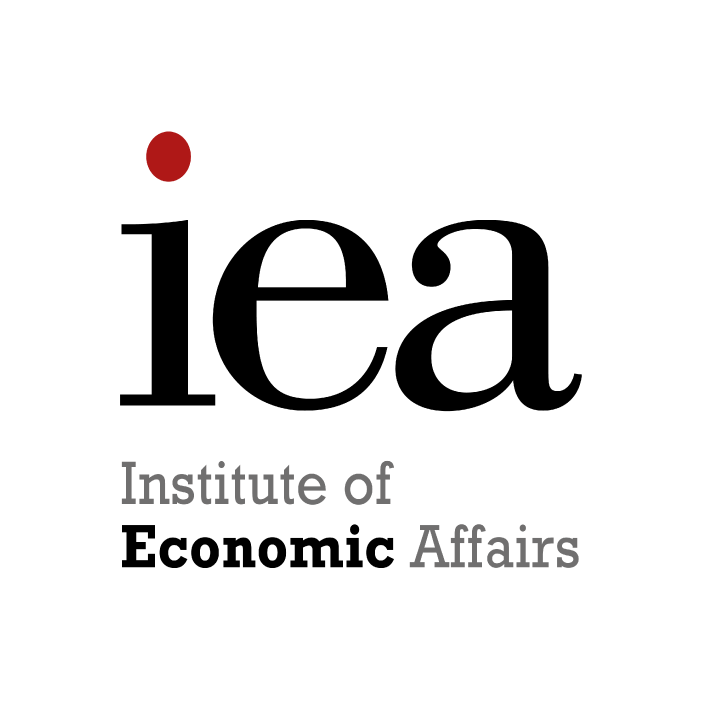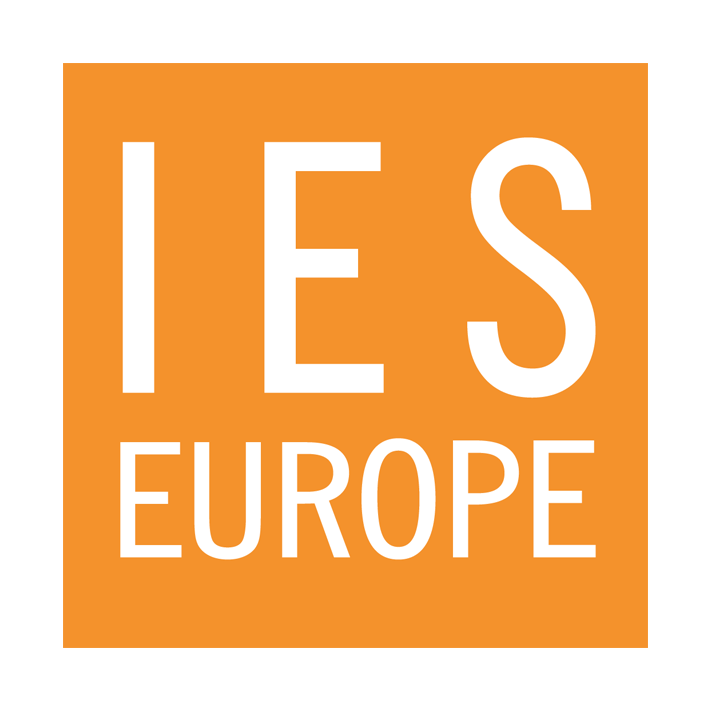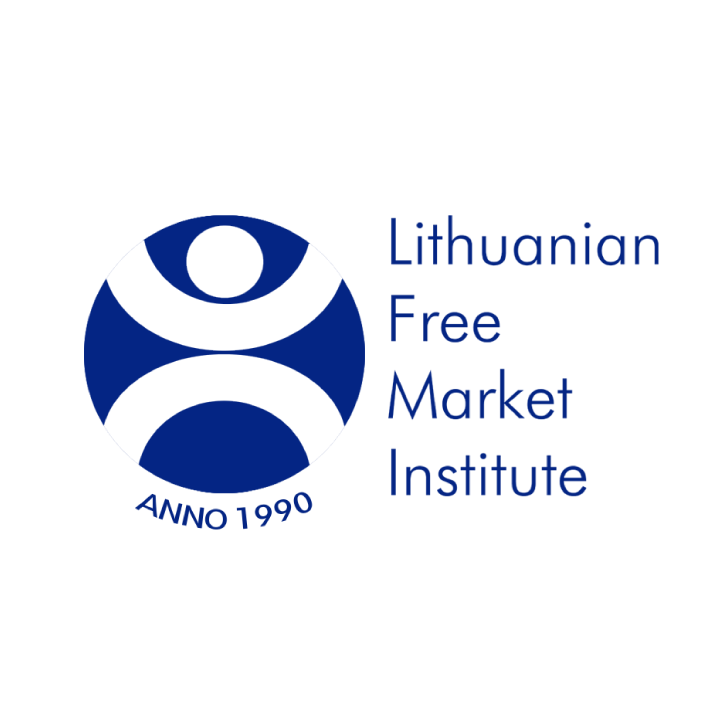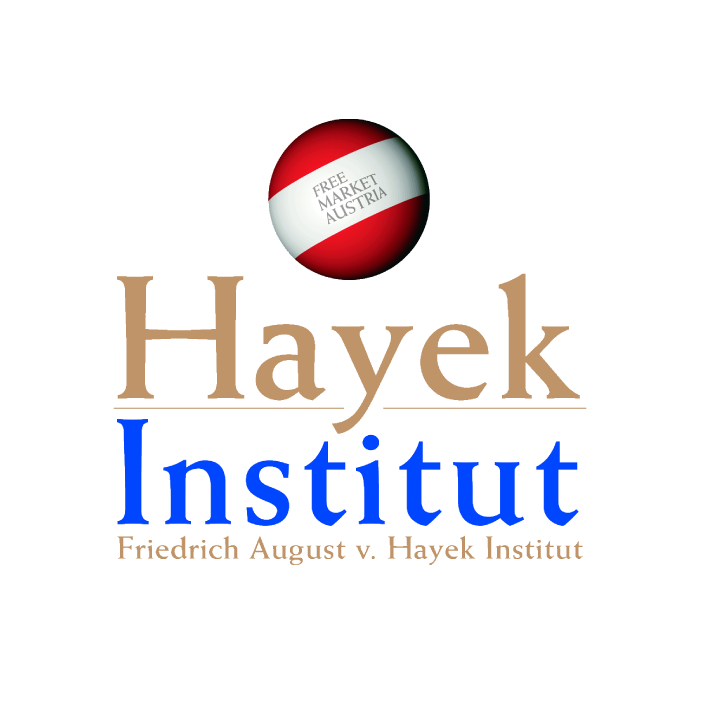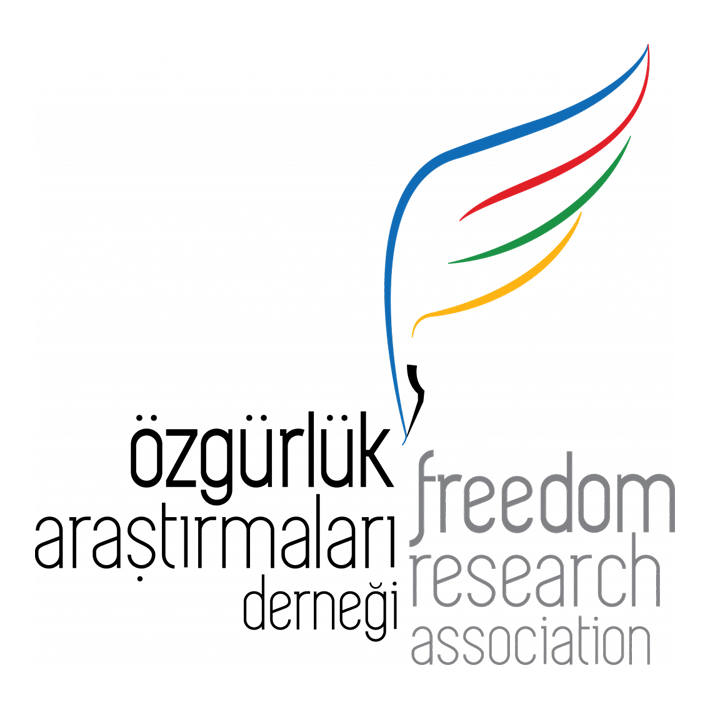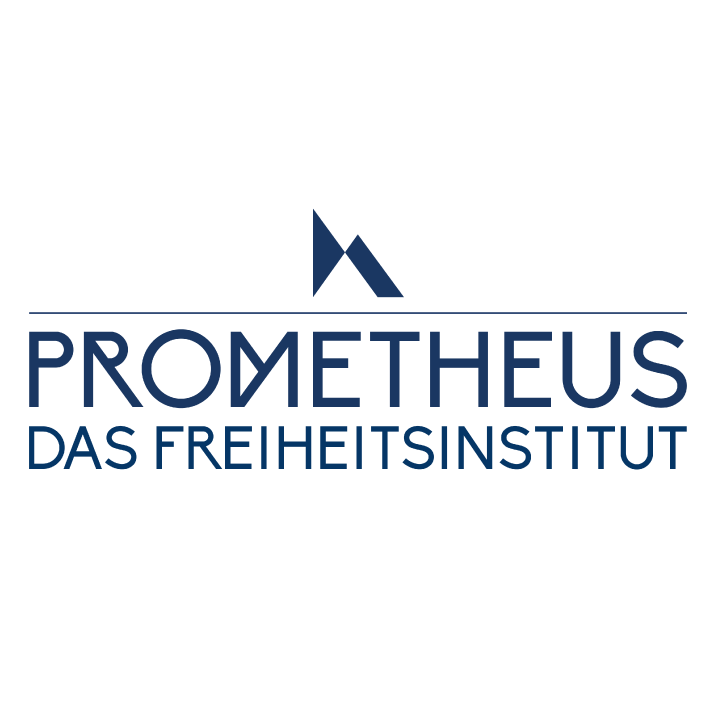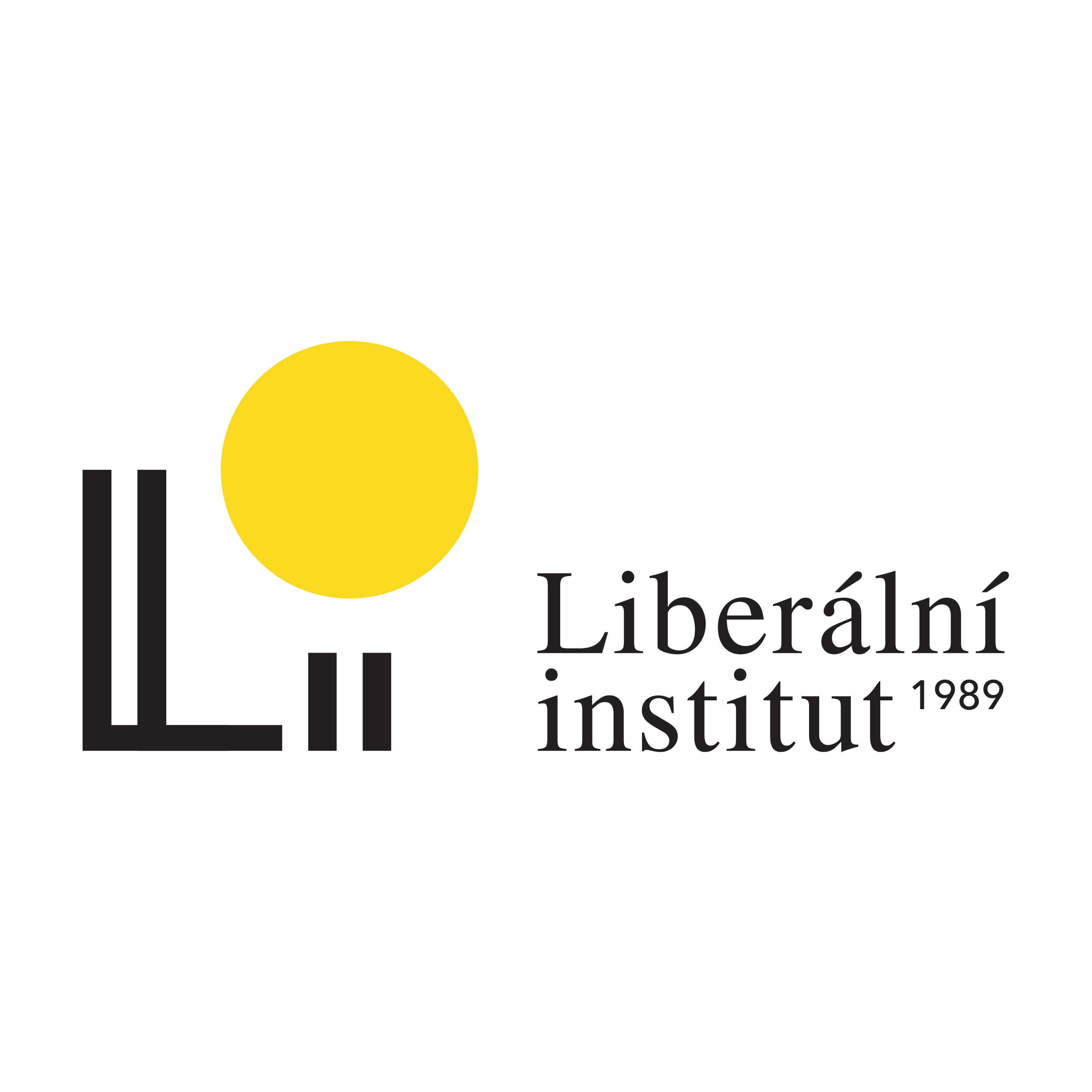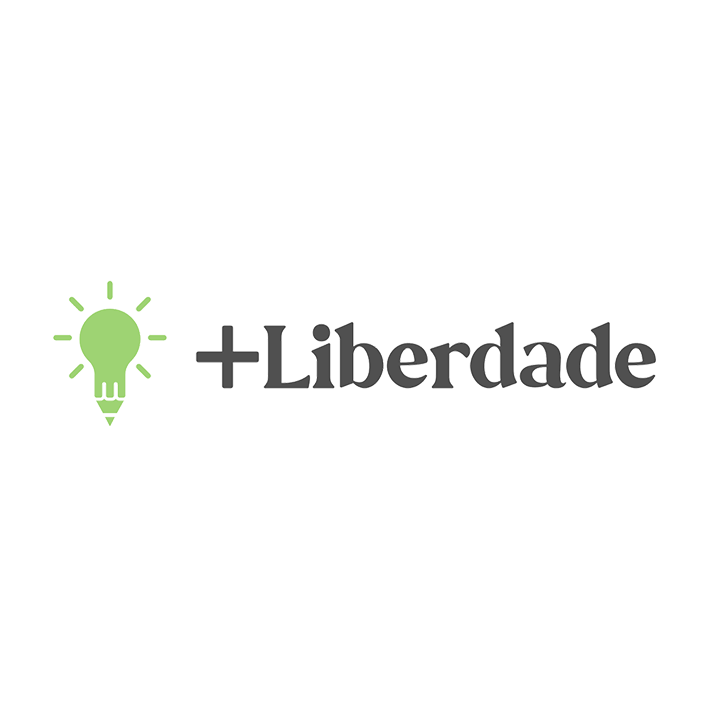
Life has been getting worse for consumers in Estonia in recent years as the country slides down the slippery slope of nanny state interference. It is the biggest mover since the 2017 Index was published, jumping from mid-table into the top three.
The main reason is alcohol. Estonia’s taxes on beer, wine and spirits have been higher than the EU average for years and have risen sharply since the first Nanny State Index was published. Between 2016 and 2018, spirits duty rose by 30 per cent, wine duty rose by 50 per cent and beer duty doubled. This has led to a textbook illustration of the Laffer Curve as Estonians travel to neighbouring Latvia for their booze shopping and Finns – who have long made the trip to Estonia for theirs – go elsewhere. The government expected alcohol revenues to rise from €251 million in 2016 to €276 million in 2017. In fact, the tax rise caused revenues to fall to €229 million and had a devastating impact on small shops in poor regions close to Latvian border which relied on alcohol sales.
It has been a sobering experience for the Estonian government which has now dropped plans to introduce further tax hikes on alcohol in 2019 and 2020. Nevertheless, the country still has the third highest beer tax, fourth highest spirits tax and sixth highest wine tax in the EU, after adjusting for income.
When he was Minister for Health, Jevgeni Ossinovski said his goal was ‘to ban [alcohol] advertising, just like tobacco advertising has been banned for 15 years already. I don’t see any reason to treat tobacco and alcohol differently.’ Ossinovski is now the leader of the Social Democratic Party which has been part of the ruling coalition since 2015. The Advertising Act, introduced in January 2018, bans all outdoor advertising for alcohol, and the watershed for TV and radio advertising has been pushed back to 10pm. What little alcohol advertising remains can only provide minimal, factual information about the product. Happy hours and alcohol tastings in shops have been banned. Shops must display their alcoholic drinks away from the rest of their groceries and cannot be visible from the street.
A tax on soft drinks was introduced in January 2018. Although the Estonian president, Kersti Kaljulaid, claimed that the aim of the tax was ‘to guide the people of Estonia, and first and foremost children and youth, to consume less sugar’, it applies to artificially sweetened drinks which contain no calories as well as to sugary drinks. It is a tiered system with artificially sweetened drinks and drinks containing up to 10 grams of sugar per 100ml taxed at €0.10 per litre and drinks with more than 10 grams of sugar taxed at €0.20 per litre. For reasons that are not entirely clear, if a drink contains more than 10 grams of sugar per 100ml and also contains artificial sweeteners, the tax rate is €0.30. The government plans to move the upper threshold from 10 grams of sugar to 9 grams in 2019 and then down to 8 grams in 2020.
Estonia’s smoking restrictions are less severe than most EU countries, but a ban on smoking in cars with children was introduced in 2016 (with maximum fines of €300) and a ban on smoking in prisons came into effect in October 2017. Estonia has the highest tobacco taxes in Eastern Europe. There is a full ban on tobacco advertising, and cigarettes cannot be sold from vending machines. A tobacco display ban is due to take effect in July 2019.
A law that effectively prohibited the sale of e-cigarettes was overturned in 2013 and they can now be sold as consumer products. An excise tax on e-cigarette fluid was introduced in 2017 at the rate of €0.20 per millilitre (€2.00 per standard bottle). Estonia’s Tobacco Act views e-cigarettes as ‘products used similarly to tobacco products’ and includes them in the smoking ban.
With thanks to Meelis Kitsing, Estonian Business School
About
The Nanny State Index (NSI) is a league table of the worst places in Europe to eat, drink, smoke and vape. The initiative was launched in March 2016 and was a media hit right across Europe. It is masterminded and led by IEA’s Christopher Snowdon with partners from all over Europe.
Enquiries: info@epicenternetwork.eu
Download Publication
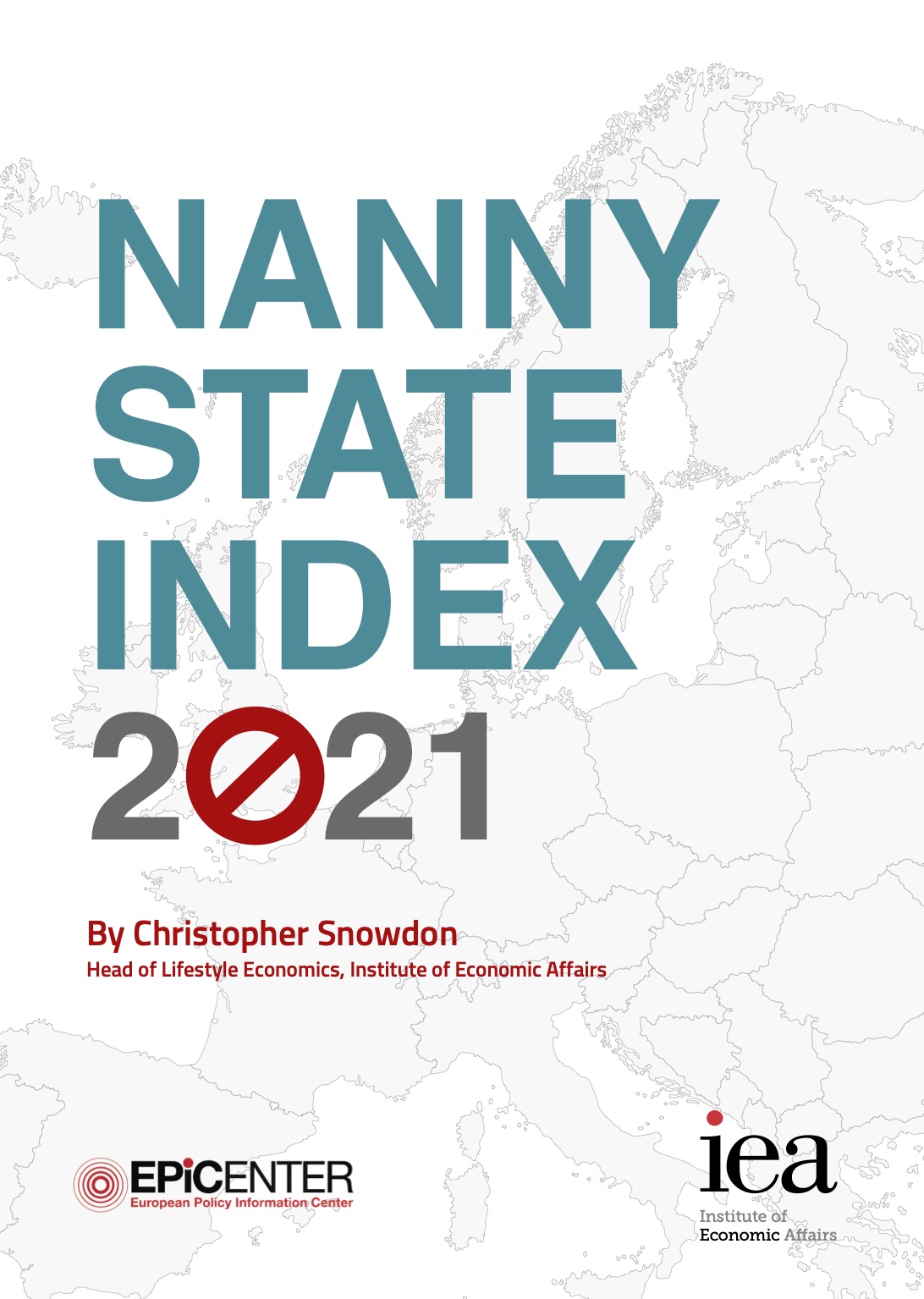
Previous version: 2019
Categories
About the Editor
Christopher Snowdon is the head of Lifestyle Economics at the Institute of Economic Affairs. His research focuses on lifestyle freedoms, prohibition and policy-based evidence. He is a regular contributor to the Spectator, Telegraph and Spiked and often appears on TV and radio discussing social and economic issues.
Snowdon’s work encompasses a diverse range of topics including ‘sin taxes’, state funding of charities, happiness economics, ‘public health’ regulation, gambling and the black market. Recent publications include ‘Drinking, Fast and Slow’, ‘The Proof of the Pudding: Denmark’s Fat Tax Fiasco’, ‘A Safer Bet’, and ‘You Had One Job’. He is also the author of ‘Killjoys’ (2017), ‘Selfishness, Greed and Capitalism’ (2015), ‘The Art of Suppression’ (2011), ‘The Spirit Level Delusion’ (2010), ‘Velvet Glove, Iron Fist’ (2009).
Estonia 2019

Life has been getting worse for consumers in Estonia in recent years as the country slides down the slippery slope of nanny state interference. It is the biggest mover since the 2017 Index was published, jumping from mid-table into the top three.
The main reason is alcohol. Estonia’s taxes on beer, wine and spirits have been higher than the EU average for years and have risen sharply since the first Nanny State Index was published. Between 2016 and 2018, spirits duty rose by 30 per cent, wine duty rose by 50 per cent and beer duty doubled. This has led to a textbook illustration of the Laffer Curve as Estonians travel to neighbouring Latvia for their booze shopping and Finns – who have long made the trip to Estonia for theirs – go elsewhere. The government expected alcohol revenues to rise from €251 million in 2016 to €276 million in 2017. In fact, the tax rise caused revenues to fall to €229 million and had a devastating impact on small shops in poor regions close to Latvian border which relied on alcohol sales.
It has been a sobering experience for the Estonian government which has now dropped plans to introduce further tax hikes on alcohol in 2019 and 2020. Nevertheless, the country still has the third highest beer tax, fourth highest spirits tax and sixth highest wine tax in the EU, after adjusting for income.
When he was Minister for Health, Jevgeni Ossinovski said his goal was ‘to ban [alcohol] advertising, just like tobacco advertising has been banned for 15 years already. I don’t see any reason to treat tobacco and alcohol differently.’ Ossinovski is now the leader of the Social Democratic Party which has been part of the ruling coalition since 2015. The Advertising Act, introduced in January 2018, bans all outdoor advertising for alcohol, and the watershed for TV and radio advertising has been pushed back to 10pm. What little alcohol advertising remains can only provide minimal, factual information about the product. Happy hours and alcohol tastings in shops have been banned. Shops must display their alcoholic drinks away from the rest of their groceries and cannot be visible from the street.
A tax on soft drinks was introduced in January 2018. Although the Estonian president, Kersti Kaljulaid, claimed that the aim of the tax was ‘to guide the people of Estonia, and first and foremost children and youth, to consume less sugar’, it applies to artificially sweetened drinks which contain no calories as well as to sugary drinks. It is a tiered system with artificially sweetened drinks and drinks containing up to 10 grams of sugar per 100ml taxed at €0.10 per litre and drinks with more than 10 grams of sugar taxed at €0.20 per litre. For reasons that are not entirely clear, if a drink contains more than 10 grams of sugar per 100ml and also contains artificial sweeteners, the tax rate is €0.30. The government plans to move the upper threshold from 10 grams of sugar to 9 grams in 2019 and then down to 8 grams in 2020.
Estonia’s smoking restrictions are less severe than most EU countries, but a ban on smoking in cars with children was introduced in 2016 (with maximum fines of €300) and a ban on smoking in prisons came into effect in October 2017. Estonia has the highest tobacco taxes in Eastern Europe. There is a full ban on tobacco advertising, and cigarettes cannot be sold from vending machines. A tobacco display ban is due to take effect in July 2019.
A law that effectively prohibited the sale of e-cigarettes was overturned in 2013 and they can now be sold as consumer products. An excise tax on e-cigarette fluid was introduced in 2017 at the rate of €0.20 per millilitre (€2.00 per standard bottle). Estonia’s Tobacco Act views e-cigarettes as ‘products used similarly to tobacco products’ and includes them in the smoking ban.
With thanks to Meelis Kitsing, Estonian Business School

 Austria
Austria Belgium
Belgium Bulgaria
Bulgaria Croatia
Croatia Cyprus
Cyprus Czech Republic
Czech Republic Denmark
Denmark Estonia
Estonia Finland
Finland France
France Germany
Germany Greece
Greece Hungary
Hungary Ireland
Ireland Italy
Italy Latvia
Latvia Lithuania
Lithuania Luxembourg
Luxembourg Malta
Malta Netherlands
Netherlands Norway
Norway Poland
Poland Portugal
Portugal Romania
Romania Slovakia
Slovakia Slovenia
Slovenia Spain
Spain Sweden
Sweden Turkey
Turkey United Kingdom
United Kingdom